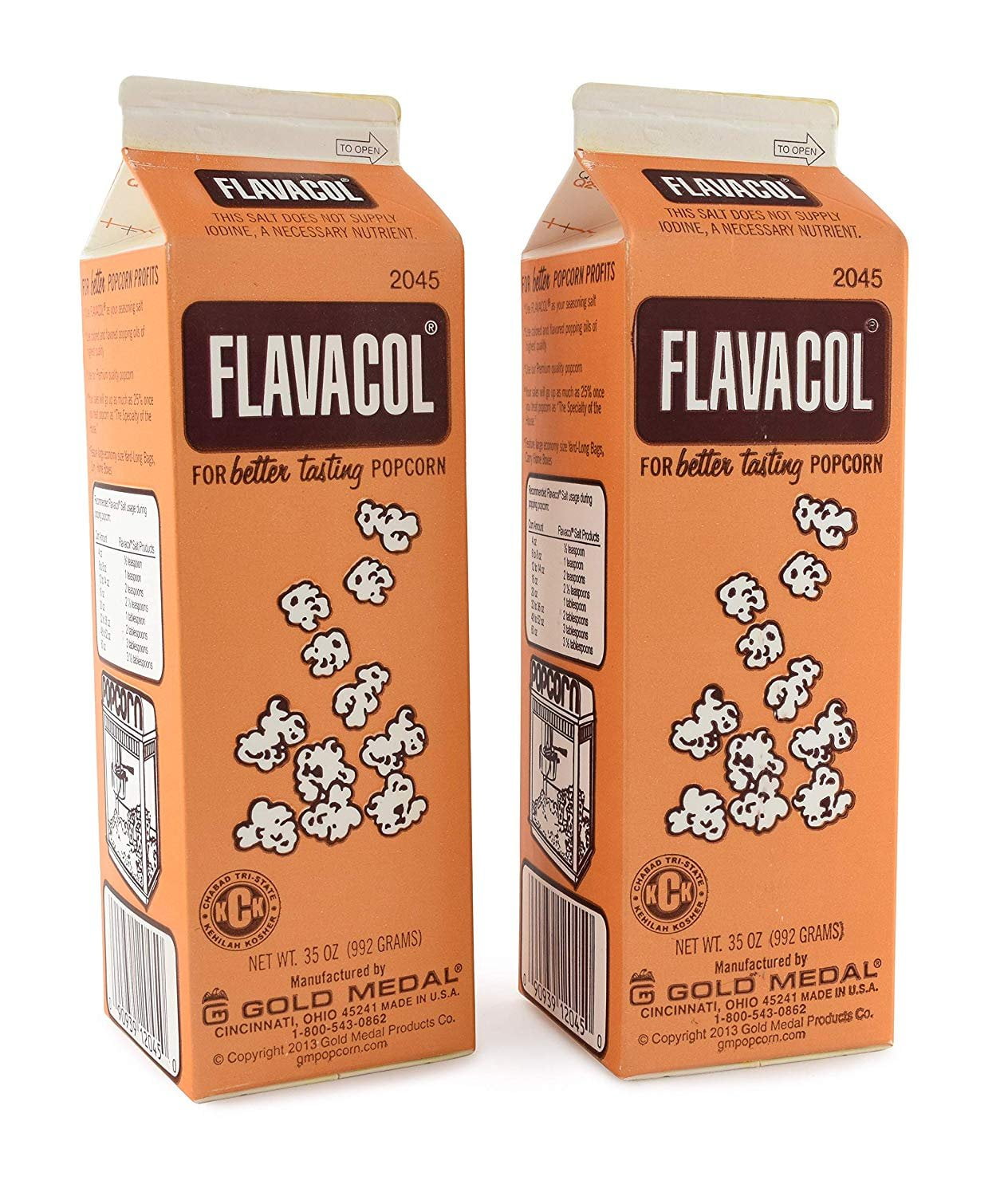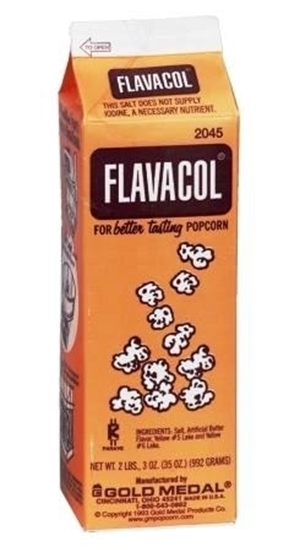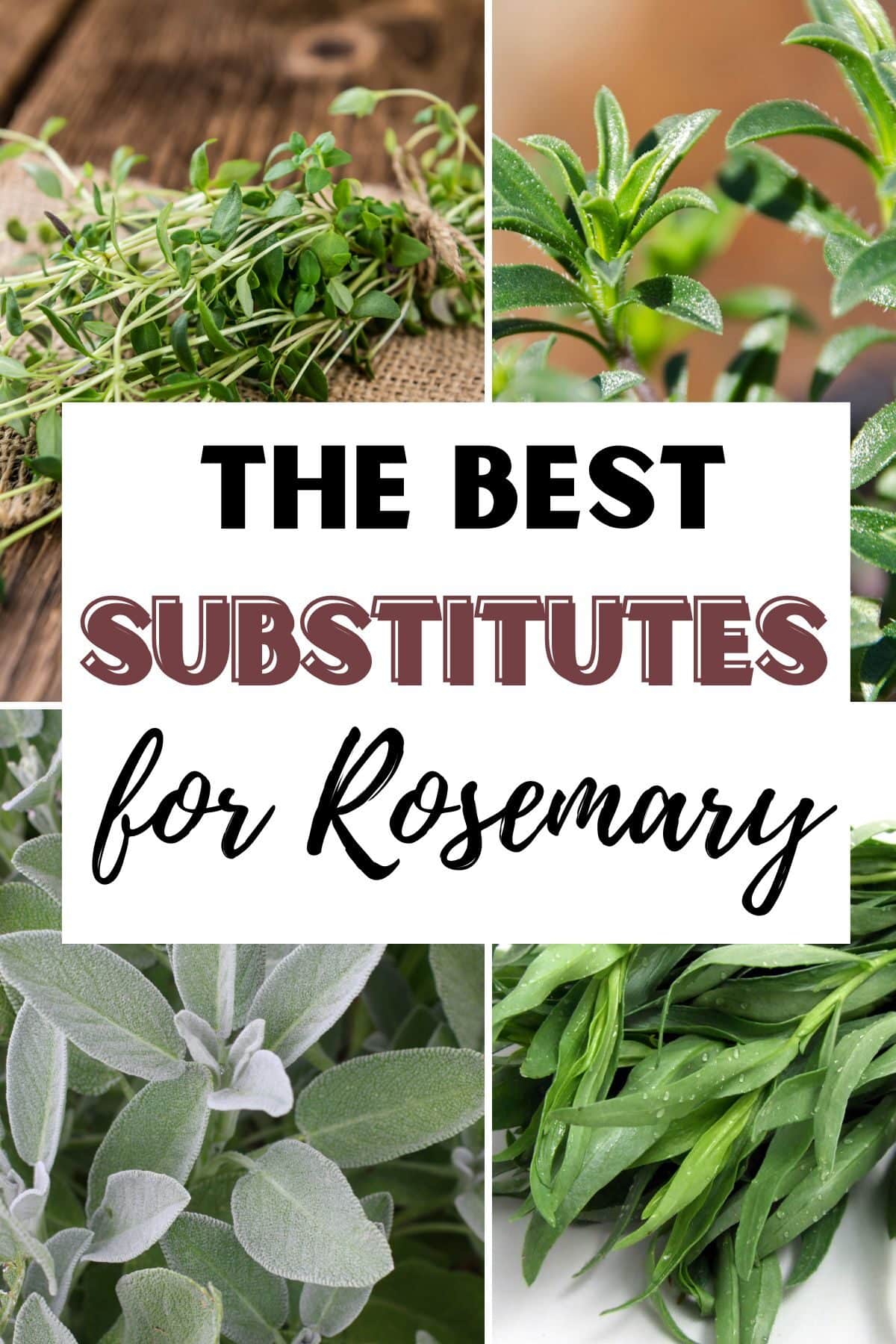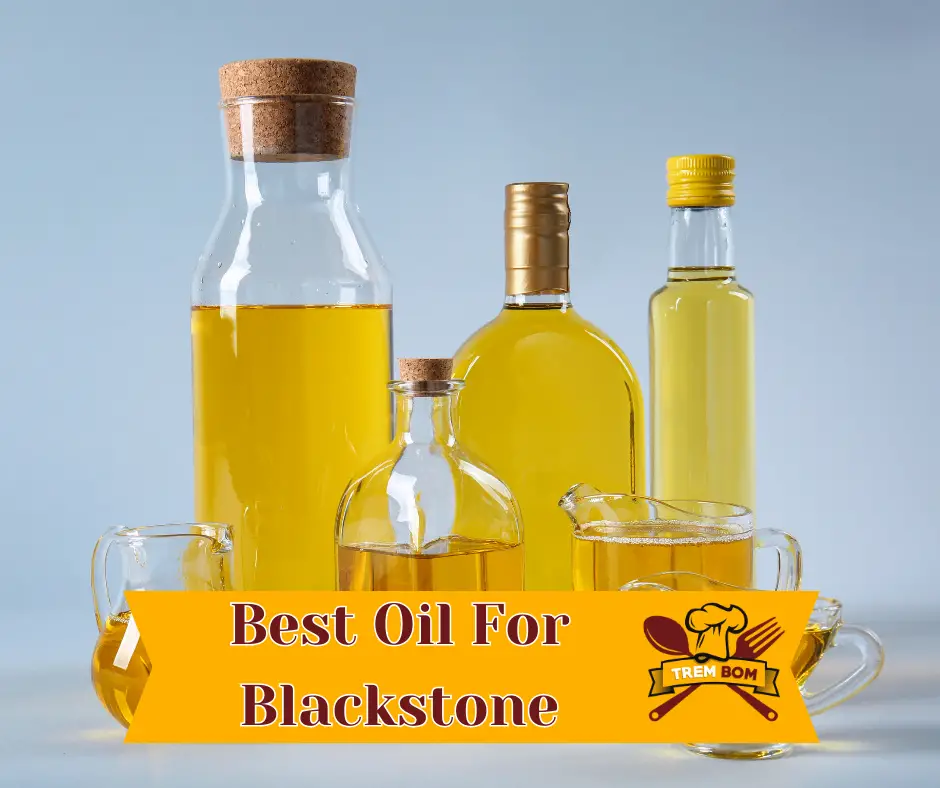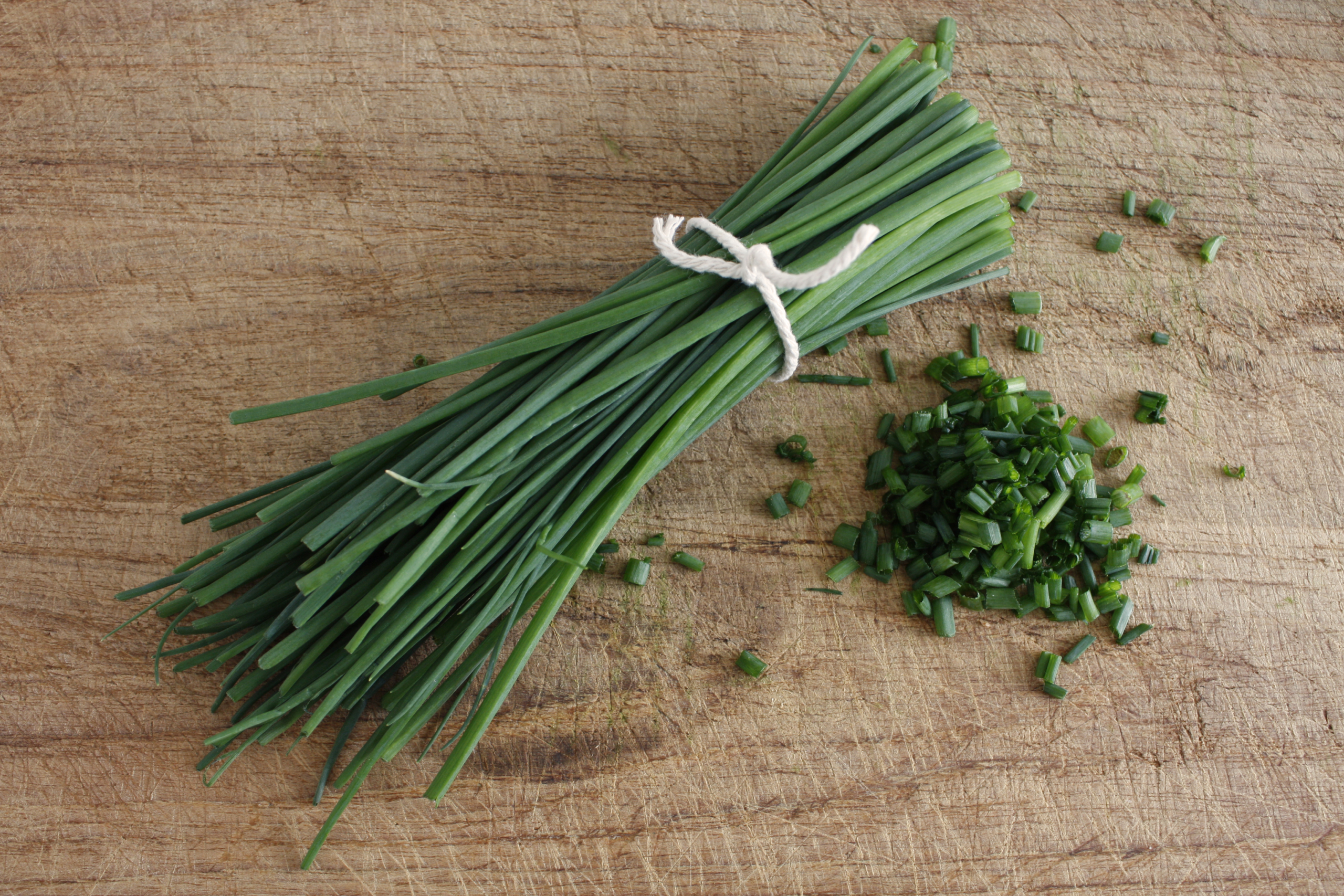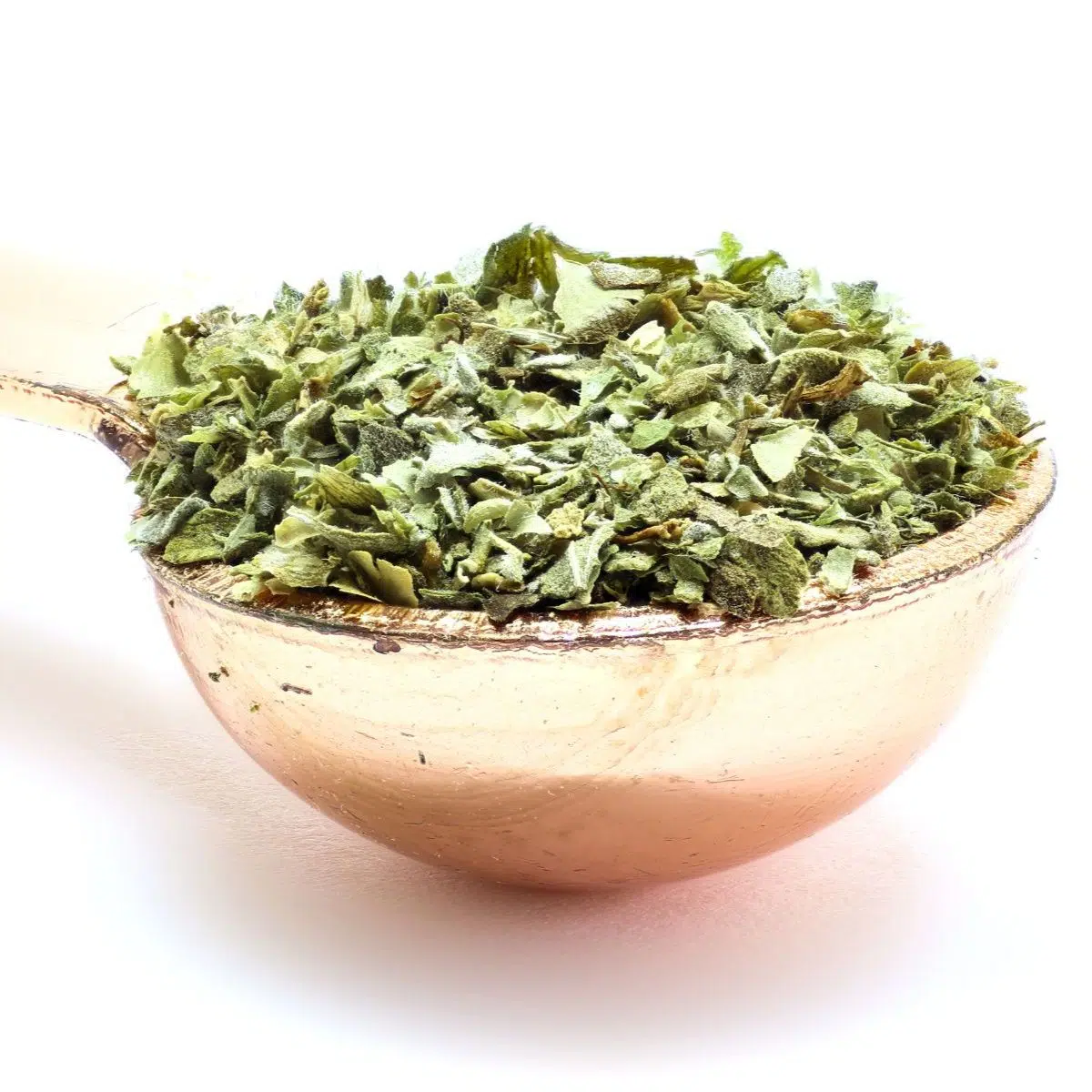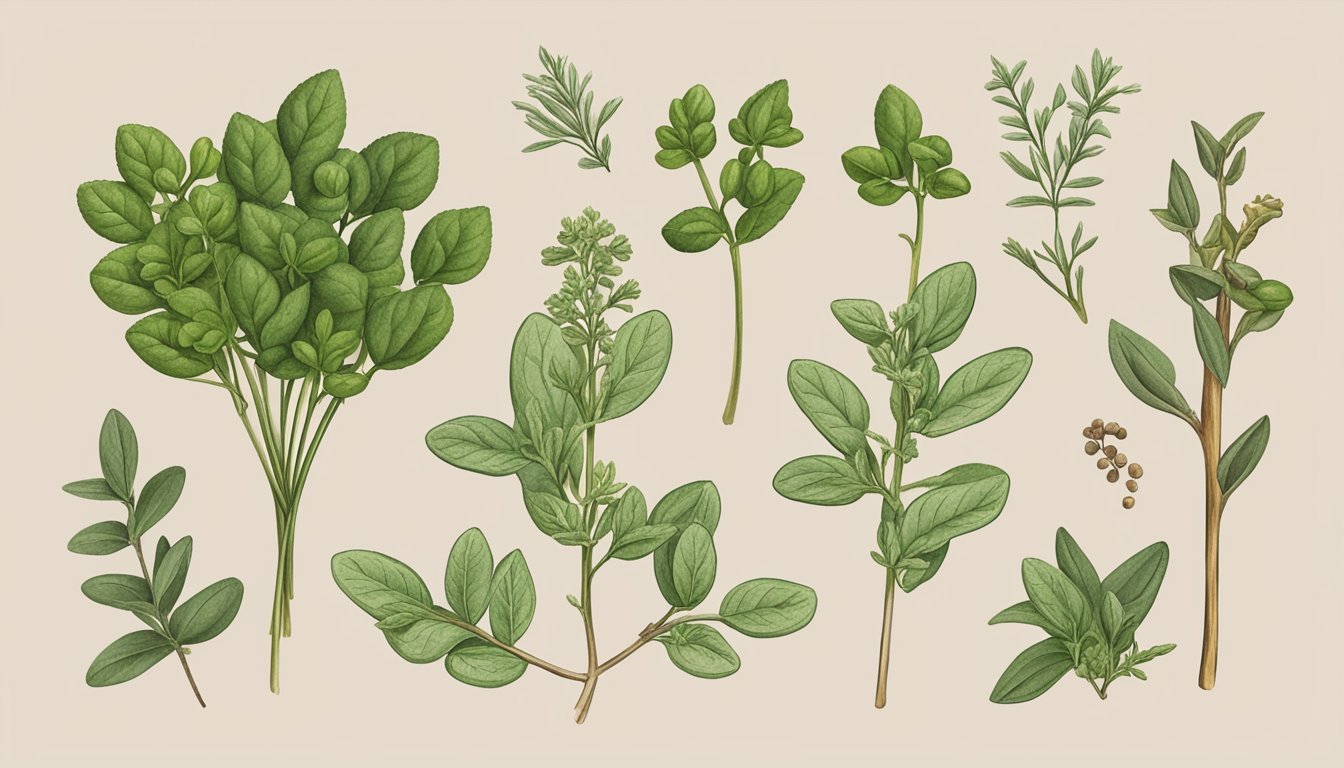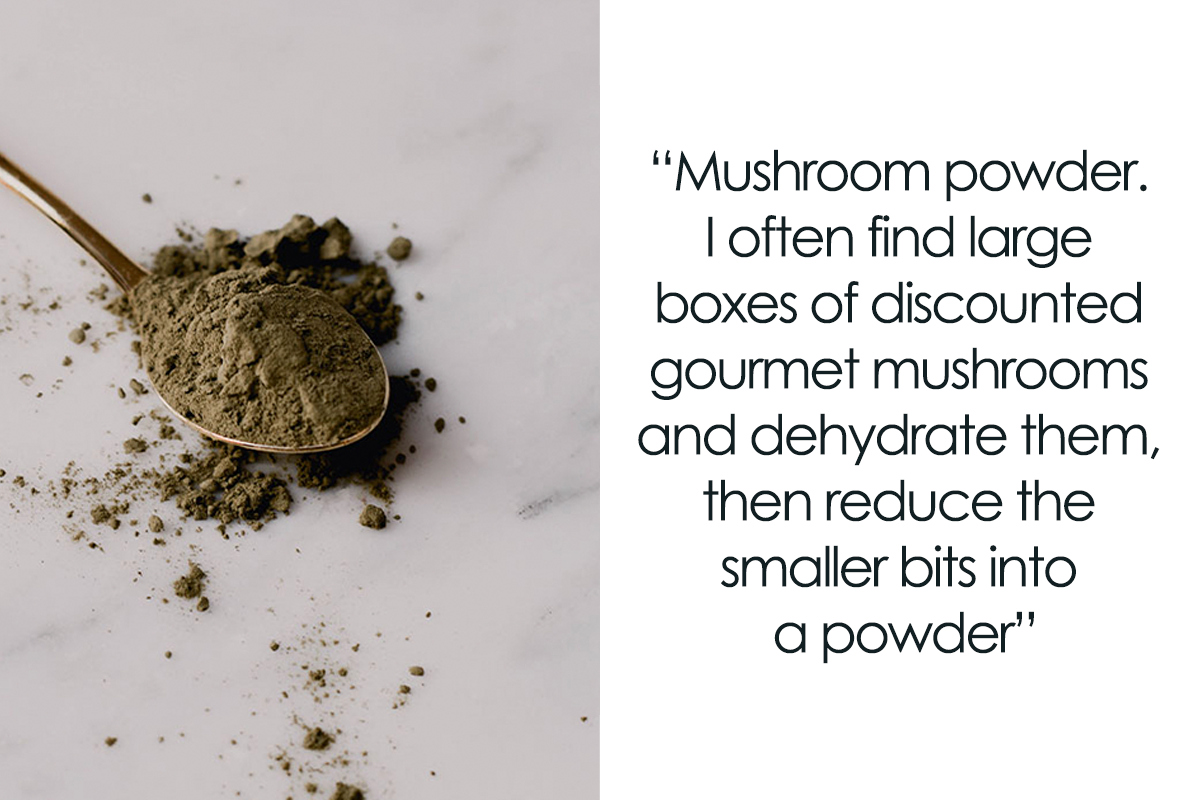Discover the World of Flavors with Flavacol: An Educational Journey into Seasoning Techniques
Flavacol is a seasoned salt that sticks to popcorn.
Adding Flavacol to oil before popping popcorn improves coverage.
Flavacol adds buttery flavor and bright yellow color to popcorn.
Flavacol is a fine flake salt that requires only a small amount.
It has less sodium compared to other brands.
The “Alberger Process” removes bitter tasting minerals.
Flavacol is made with Yellow #5 and #6 to produce bright color.
The net weight of Flavacol is 35 oz. (992 grams).
Flavacol is Kosher and Pareve Chabad Tri-State Kehilah Kosher certified.
Recommended usage of Flavacol with different amounts of popcorn.
Ingredients include salt, artificial flavor, FD&C Yellow #5 and Yellow #6.
Each serving of Flavacol has 0 calories, 0g fat, 2740mg sodium, 0g carbohydrate, and 0g protein.
The container of Flavacol has 141 servings.
